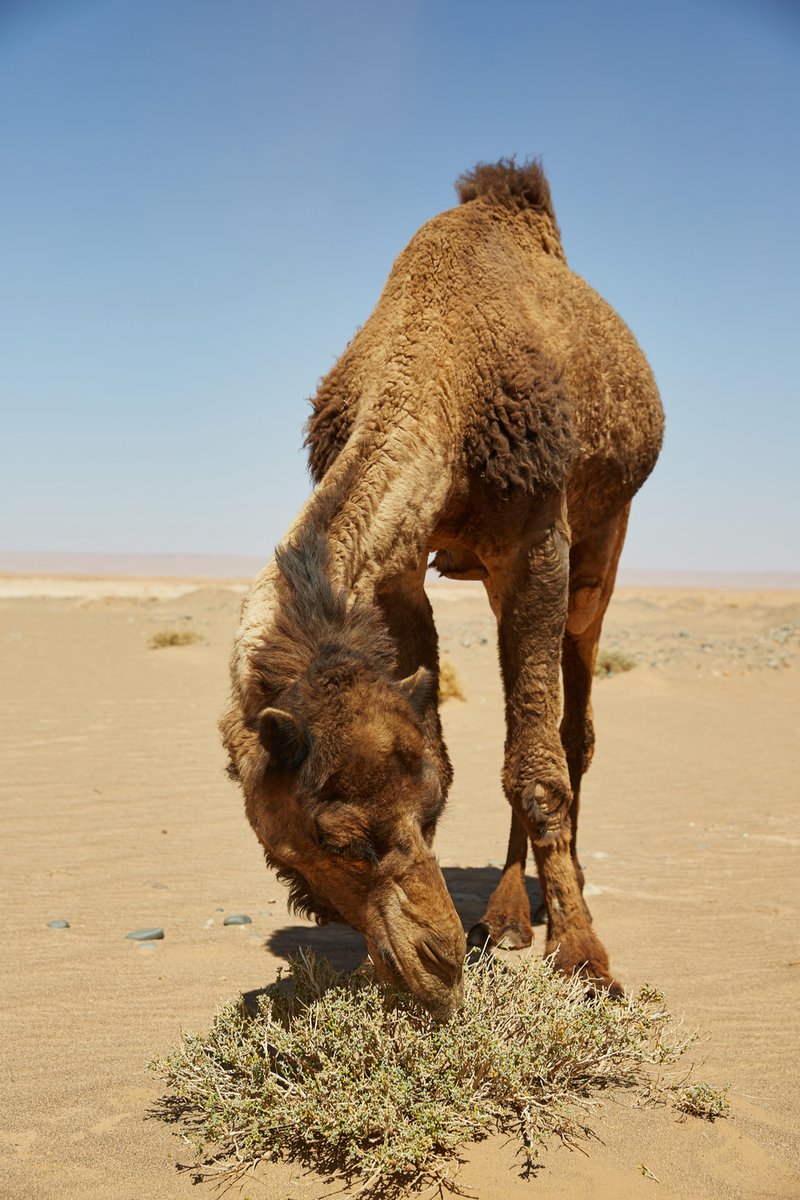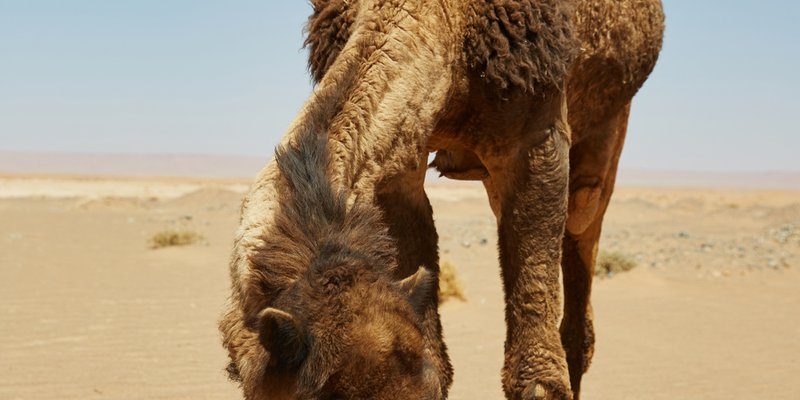
Camels are often called the “ships of the desert” for good reason. Just like a ship relies on supplies and navigation to stay afloat, camels depend on a unique diet to survive in their rocky, dry habitats. Their feeding requirements aren’t just about munching on whatever’s available; they need a carefully balanced mix of food to stay healthy. Let’s dive into the fascinating world of camel cuisine and explore what they eat, how their diets work, and what you should keep in mind if you ever find yourself caring for one of these amazing animals.
Understanding Camel Diets
Camels are herbivores—this means they eat plants. But not just any plants will do. They’ve evolved to enjoy a diet that’s high in fiber yet low in nutritional content. In the wild, camels primarily feed on dry grasses, leaves from shrubs, and grains. Have you ever tried chewing on straw? It’s not the most exciting thing, but it provides essential nutrients that camels need to thrive.
One of the most interesting things about camels is their ability to go for long periods without food and water. In fact, they can survive for weeks without drinking, thanks to their efficient metabolism. Their bodies are like natural water bottles, recycling moisture from the food they eat. This ability comes in handy in arid desert regions where food and water are scarce.
The Importance of Fiber
Fiber is crucial for camels, as it helps with digestion. Their complex stomach structure is designed to break down fibrous materials. When camels eat, their bodies work hard to extract nutrients from the tough plant fibers. This efficient digestive system is a bit like a powerful machine that processes raw materials into energy.
You might be surprised to learn that camels can even eat thorny plants that many other animals avoid. Their tough mouths and specialized teeth allow them to munch on prickly foliage without injuring themselves. Because they can thrive on such hardy plants, camels play a significant role in their ecosystem, helping to manage plant growth in their habitats.
Water Intake and Hydration
Water is another vital aspect of a camel’s diet. You might assume that these animals drink a lot of water, but they actually have a unique way of handling hydration. They can drink large amounts of water at once—up to 40 gallons in a single sitting! When they finally do find water, it’s like a marathon runner hitting the finish line.
Even more fascinating is how camels can tolerate losing up to 25% of their body weight due to dehydration without suffering severe consequences. Their bodies are like living sponges, able to store water efficiently and gradually release it. This remarkable trait allows them to endure long journeys across dry landscapes, where water sources can be few and far between.
The Role of Salinity in Water Consumption
Interestingly, camels can also drink saltwater! Unlike humans, they can filter out the salt and use the water for hydration. This ability is crucial in deserts or coastal areas where fresh water may be limited. So, if you think of camels as the ultimate survival experts, you’d be spot on.
Their kidneys play a significant role in this process, filtering excess salt and keeping their bodies in balance. It’s a bit like having a built-in water treatment system. When camels do find fresh water, they’ll often drink enough to replenish their systems, ensuring they’re well-prepared for the next leg of their travels.
What Do Domesticated Camels Eat?
If you’re caring for a domesticated camel, you’ll need to provide a balanced diet to keep them healthy and happy. While they can still enjoy the same natural foods, you’ll often supplement their diet with grains, hay, and specially formulated feed. It’s essential to mimic their natural diet as much as possible, so they remain healthy.
Here’s a quick list of common foods for domesticated camels:
- Hay (especially alfalfa)
- Grass (dried or fresh)
- Grains (like oats or barley)
- Vegetables (carrots, beetroot)
- Special camel feed mixes
You might be surprised how picky these gentle giants can be. Just like humans, camels have their preferences. So, if you’re ever in charge of feeding one, it’s a good idea to experiment with different foods and see what your camel loves the most.
Timing and Portions
Timing and portion sizes are also key when it comes to feeding camels. They tend to eat small amounts frequently rather than having one large meal. This grazing behavior mimics what they would do in the wild, allowing their digestive systems to function effectively. If you’re looking after a camel, try to offer food several times throughout the day rather than just one big serving.
To support their health, it’s important to provide fresh food and avoid moldy or spoiled items. Camels can be sensitive to their diet, and keeping things fresh helps prevent stomach issues.
Special Considerations for Young Camels
When it comes to feeding baby camels, known as calves, the diet changes a bit. Newborn camels typically rely on their mother’s milk for the first few months of their lives. This milk is packed with nutrients that are essential for growth and development.
As calves get older, they’ll start to nibble on solid foods. You can introduce hay and soft grasses slowly, allowing their digestive systems to adjust. It’s like teaching a toddler how to eat solid foods after they’ve been on a milk diet—patience and gradual introduction are key.
You might find that the weaning process can take some time. Calves can be curious eaters, often mimicking their mothers and trying different plants. Just be sure to provide a well-rounded diet as they transition from milk to solid foods, ensuring they get the right nutrients to grow strong.
Potential Dietary Issues
Just like any other animal, camels can face dietary issues if their diets are not managed well. Overeating grains or rich foods can lead to digestive problems, a bit like how too many sweets can upset our stomachs. Signs of dietary distress might include a lack of energy, weight loss, or abnormal behavior.
If you notice any of these signs, it’s time to reassess their diet. Consulting with a veterinarian experienced with camels can help you identify the problem and switch to a more appropriate food plan. Remember, prevention is key here! Providing a balanced diet from the get-go can help you avoid these issues altogether.
Adapting to Seasonal Changes
Another aspect to consider is seasonal changes. In hot months, camels may require different food types or hydration strategies than in cooler ones. During winter, you might find that they benefit from richer foods to help maintain their energy levels. Observing your camel’s behavior and adapting their diet accordingly is a smart approach to keeping them happy and healthy year-round.
Feeding camels isn’t just about filling their bellies; it’s about providing the right nutrients they need to thrive in their unique environments and lifestyles. Whether in the wild or as domesticated animals, these fascinating creatures eat a variety of foods that suit their special adaptations. With a little care and knowledge, you can support your camel’s health and happiness.
So next time you think about what camels eat, remember that their diets are as layered and rich as they are. Just like every meal matters to us, it matters to them too, impacting their overall well-being and longevity. Embrace the journey of learning about their feeding habits, and you’ll be better equipped to understand and care for these incredible animals.

